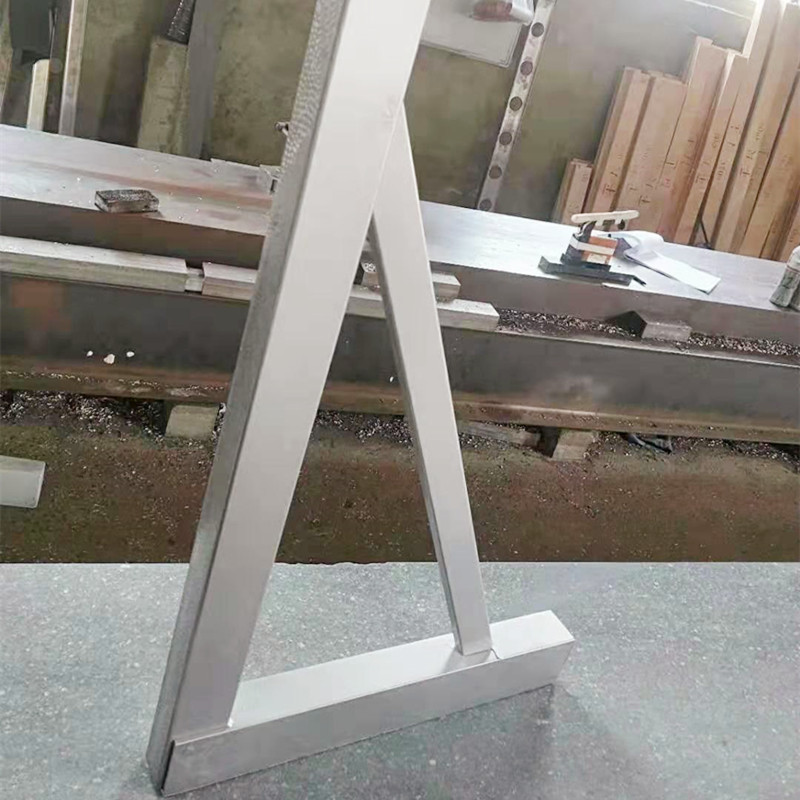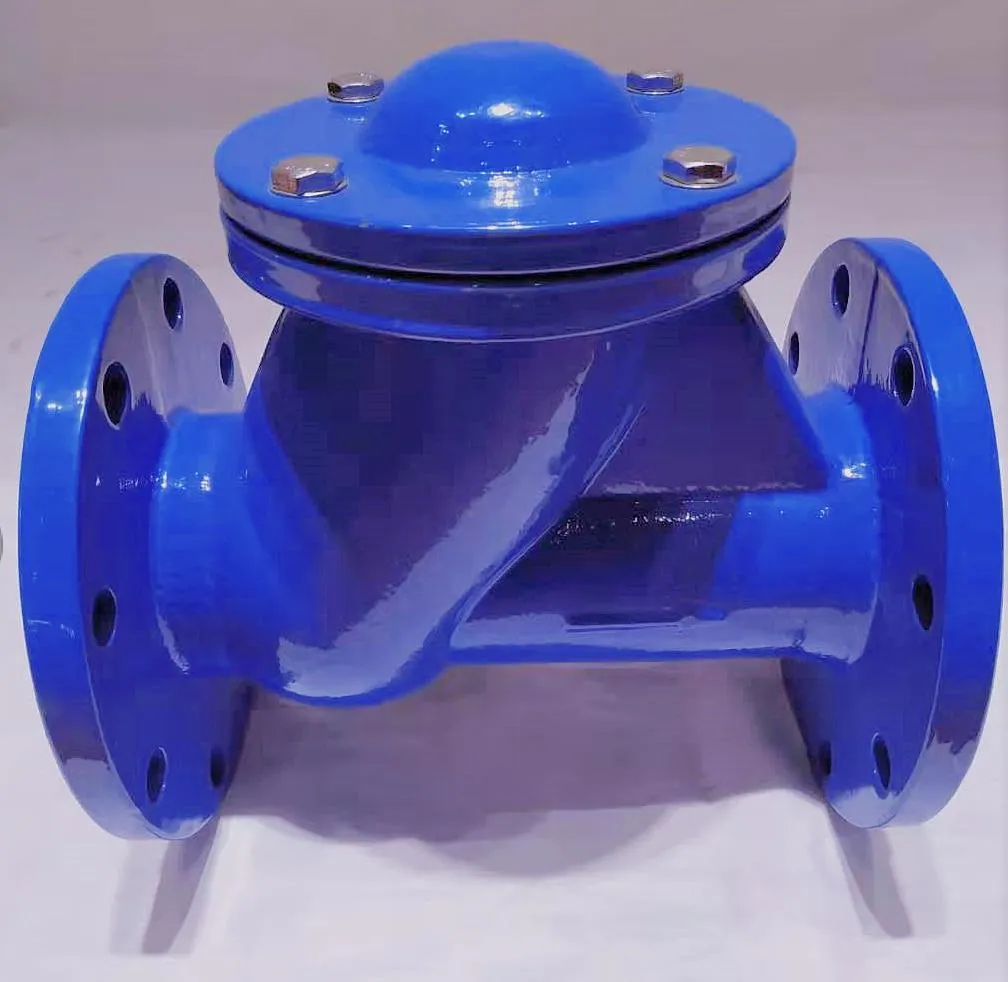កុម្ភៈ . 19, 2025 11:48 Back to list
Ground Anchor
Ground anchors play a critical role in construction and civil engineering projects by offering stability and resistance to various structures. Selecting the appropriate type of ground anchor is pivotal, as it can directly impact the safety and longevity of the structure it supports. Understanding the different types of ground anchors, their applications, and their unique characteristics is essential for engineers, architects, and project managers alike.
Exploring beyond conventional methods, rock anchors are designed for applications involving rocky substrates. These anchors are drilled directly into the rock face and then secured with an adhesive or mechanical expansion. The key advantage of rock anchors is their exceptional load-bearing capacity, which makes them ideally suited for large-scale civil engineering projects like dam construction or stabilizing steep rock faces. However, the installation process demands high technical expertise and specialized equipment, making it a more expensive option. Innovation in ground anchor technology continues to evolve, with new materials and techniques constantly being developed. Fiber-reinforced polymer (FRP) anchors are a relatively new addition to the field, offering enhanced longevity and resistance to corrosion. These lightweight materials are particularly advantageous in environments where traditional metal anchors would face rapid degradation due to environmental factors like moisture or chemicals. Selecting the appropriate ground anchor type requires a detailed understanding of the project’s geological settings, environmental conditions, and specific structural requirements. Each anchor type offers unique advantages and limitations, necessitating a thoughtful consideration by project managers and engineers to ensure optimal performance and safety. Consulting geotechnical experts and conducting thorough site assessments are critical steps in the decision-making process, as they determine the most suitable anchoring solution tailored to project demands. In conclusion, the realm of ground anchors is diversified and sophisticated, reflecting the diverse challenges found in construction and engineering projects. Understanding the nuanced differences between each type and their applications is vital for ensuring structural stability and safety. As technology and materials advance, so too will the efficiency and capabilities of ground anchoring solutions, underscoring the importance of staying informed and embracing innovation within the industry.


Exploring beyond conventional methods, rock anchors are designed for applications involving rocky substrates. These anchors are drilled directly into the rock face and then secured with an adhesive or mechanical expansion. The key advantage of rock anchors is their exceptional load-bearing capacity, which makes them ideally suited for large-scale civil engineering projects like dam construction or stabilizing steep rock faces. However, the installation process demands high technical expertise and specialized equipment, making it a more expensive option. Innovation in ground anchor technology continues to evolve, with new materials and techniques constantly being developed. Fiber-reinforced polymer (FRP) anchors are a relatively new addition to the field, offering enhanced longevity and resistance to corrosion. These lightweight materials are particularly advantageous in environments where traditional metal anchors would face rapid degradation due to environmental factors like moisture or chemicals. Selecting the appropriate ground anchor type requires a detailed understanding of the project’s geological settings, environmental conditions, and specific structural requirements. Each anchor type offers unique advantages and limitations, necessitating a thoughtful consideration by project managers and engineers to ensure optimal performance and safety. Consulting geotechnical experts and conducting thorough site assessments are critical steps in the decision-making process, as they determine the most suitable anchoring solution tailored to project demands. In conclusion, the realm of ground anchors is diversified and sophisticated, reflecting the diverse challenges found in construction and engineering projects. Understanding the nuanced differences between each type and their applications is vital for ensuring structural stability and safety. As technology and materials advance, so too will the efficiency and capabilities of ground anchoring solutions, underscoring the importance of staying informed and embracing innovation within the industry.
Next:
Latest news
-
Precision Manufacturing with Advanced Spline Gauge DesignNewsJul.31,2025
-
Industrial-Grade Calibrated Pin Gauges for Exact MeasurementsNewsJul.31,2025
-
Industrial Filtration Systems Depend on Quality Filter DN50 SolutionsNewsJul.31,2025
-
High-Performance Gate Valve WholesaleNewsJul.31,2025
-
Granite Surface Plate The Ultimate Solution for Precision MeasurementNewsJul.31,2025
-
Granite Industrial Tools The Ultimate Guide for Bulk BuyersNewsJul.31,2025
Related PRODUCTS









